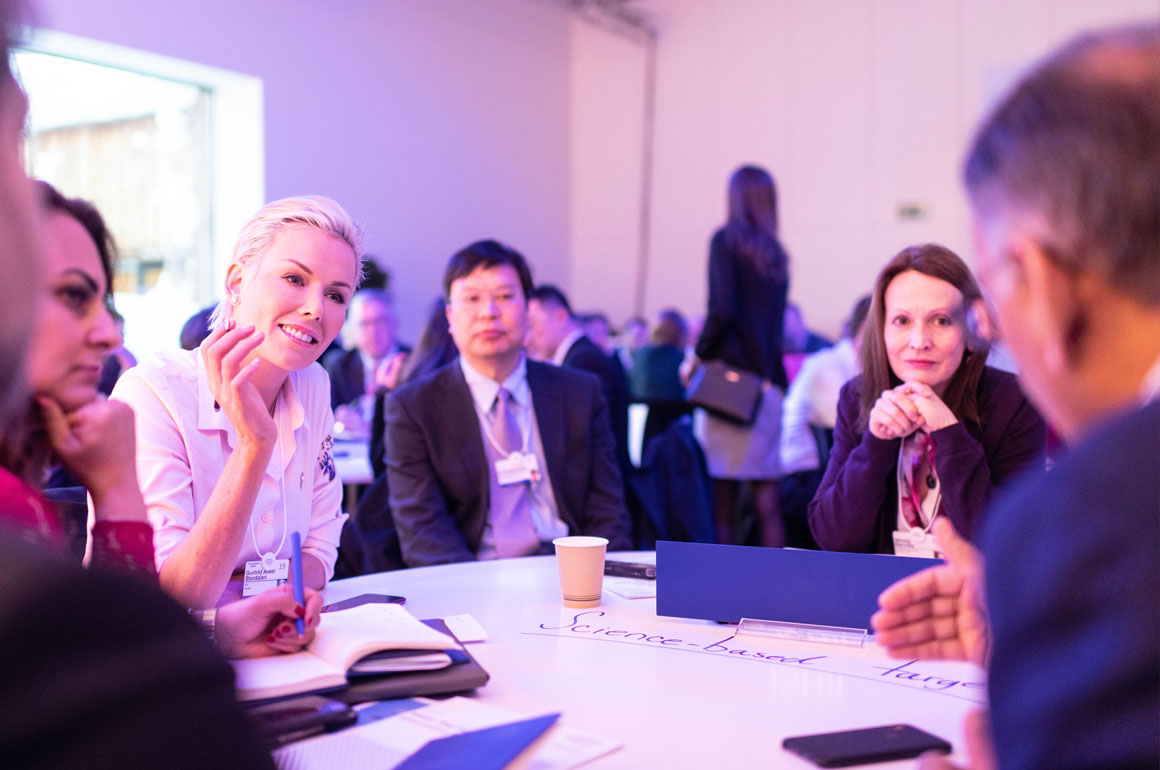In addition to the more favorable environmental impact, new data indicates that virtual and hybrid events can also remove potential social barriers amongst underrepresented societal groups. With diversity, equity and inclusion (DEI) increasingly on the corporate agenda, there is a strong case for virtual and hybrid events.
A recent study of three in-person STEM conferences compared the impact of a pivot from in-person to virtual. The analysis included several metrics such as cost, carbon footprint, conference format impact, and attendee demographics.
The study highlights several benefits that virtual formats provide to attendees over in-person events, including lower cost, the absence of travel challenges, and making it easier to manage home life situations like health and childcare.
Virtual events may also make it easier to create a sense of belonging among attendees. “Even if they don’t realize it consciously, it may drive an action not seen [before],” said event and behavioral science consultant Victoria Matey.
The research highlighted that abstract submissions increased among female researchers. In addition, overall participation amongst women increased between 60 and 260 percent when the conferences switched from in-person to virtual.
Matey elaborated that women may have a more difficult time traveling for many reasons, “[Women] tend to stay home with their children more than men, and they just can’t commit to a three or five-day trip.”
The study reveals: “About half (47 percent) of the 2020 North American Membrane Society (NAMS) [virtual conference] survey respondents that did not plan on attending the originally scheduled 2020 NAMS [in-person conference] indicated that the primary reason for attending the virtual conference was convenience.”
The research also suggests that virtual conferences increase gender diversity. Eight non-binary scientists and two transgender scientists attended in 2020, compared to the 2018-2019 average of one non-binary scientist and zero transgender scientists. “However, it should be noted that this increase in reported attendance by LGBTQ scientists could be the result of an increased willingness to identify as LGBTQ,” the study states.
Event Industry Research
Global events company Freeman surveyed 1.2 million attendees and approximately 400,000 exhibitor staff members involved in both in-person and virtual events. With twelve research waves conducted, the outcomes mirrored the above.
According to Ken Holsinger, senior vice president of strategy at Freeman, the pre-pandemic attendee split for all types of events was 70 percent male and 30 percent female. Over the period when events primarily took place virtually (March 2020 to June 2021), the split of female online event attendance increased to 39 percent. Over the same period, the split for women attending in-person events dropped to an all-time low of 21 percent.
These results were followed up with interviews as it was clear that many women were not returning to in-person events. It was clear to Holsinger that the reported child-care crisis and the regressive effects of the Covid pandemic on gender equality were to blame. “Women are disproportionately marginalized and affected by the impacts of Covid,” he said.
The latest Freeman research shows a very balanced gender split for virtual event attendance, with 53 percent male and 47 percent female. However, the split remains very unbalanced for in-person event attendance, with 75 percent male and 25 percent female.
The research also showed that women prefer to attend events between two and three days, and men between three and four days.
“What is happening if you read between the lines is that more men are going in person and more women are staying with virtual or hybrid offerings,” said Holsinger. The data is also heavily skewed when event attendance relates to race, “So where we have racial data, we see that minorities are significantly more underrepresented in in-person events than in virtual,” he said.
Inclusion
Diversity was also a focus of Freeman’s research, with respondents asked to rank DEI among six issues facing events. While in the short term, DEI ranked fourth, it was the top ranked long-term priority, suggesting that making events inclusive and accessible is a top priority, although it may not feel as urgent as others.
Freeman also saw a 40 percent drop in the reported likelihood of attending events over a weekend. This shift is likely to have an impact on attendance figures and booking of venues going forward. Holsinger said: “Those were the primary days… They get better deals on hotels. They get better deals on venues, and this is a concern. [Planners] need to pay attention to this.”
The research suggests that offering attendees choice is the right way to go. Planners cannot adopt a one-size-fits-all approach. “I think we’re going to see that the attendee journey is going to look much more like a subway map than a linear path,” Holsinger said.
Providing Options
It is no secret that virtual events can lack the authentic social interaction and serendipitous moments that in-person events often provide. “Every format has its own limitations,” but the good news, says Matey, is that event planners now have a choice regarding their experience design.
Holsinger shared this line of thinking, “I think we have to peel back to the very simplistic nature of saying, what do we want people to think, feel or act differently when they leave this event? How do we design events for those outcomes? And then break that down across the diverse audiences that we need to be participating in the activity.”
Essentially, it comes down to listening to people while using available data to make informed and strategic event design decisions. As Holsinger illustrated, this structure could, for example, mean shorter events with regional networking opportunities, as opposed to an international 12-hour commute across oceans.
“We believe that to have a well-rounded DEI program, [planners] better pay attention to what happened during Covid…Virtual events are a key component of maintaining diversity goals moving forward,” said Holsinger.
For events to be accessible where everyone reaps the benefits of collaboration, innovation, trust, and engagement, planners must design programs geared toward attendee needs, whether catering to women, minorities, or neurodivergent people.
